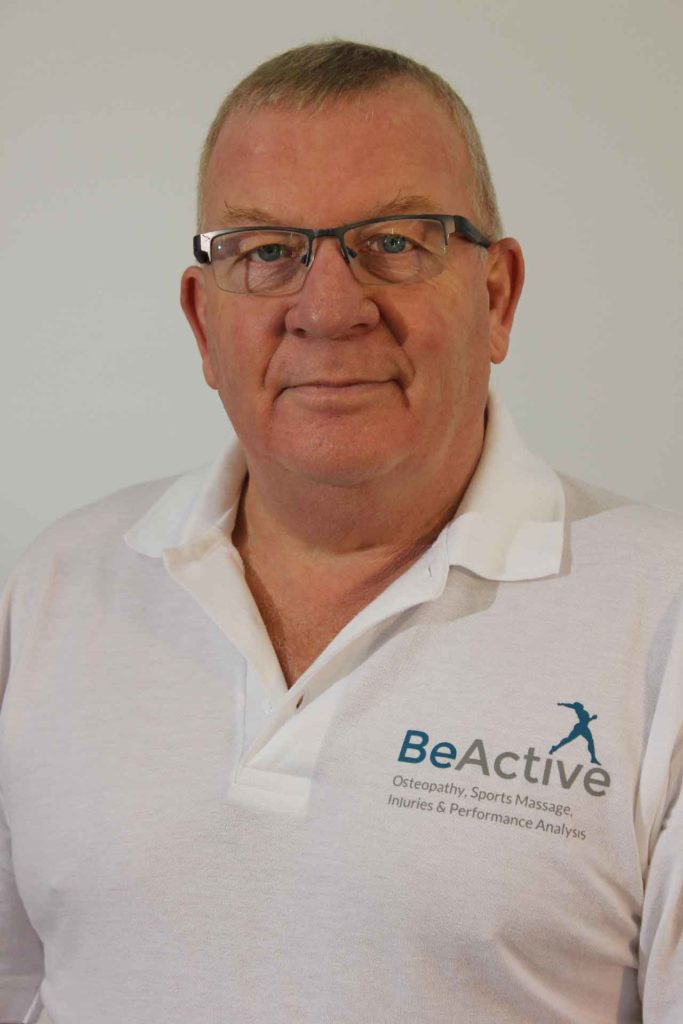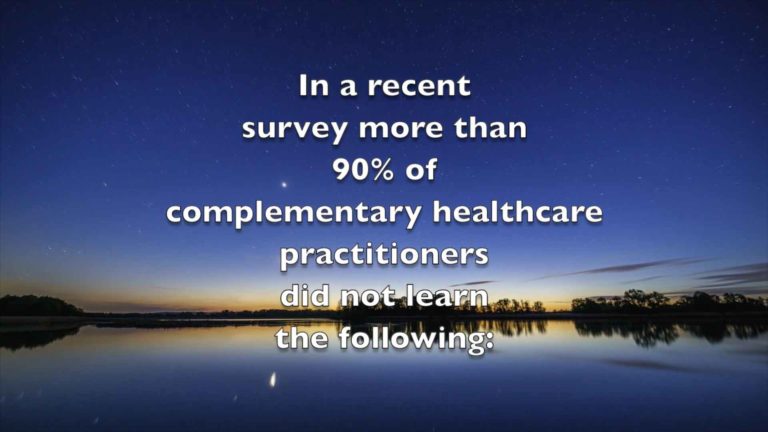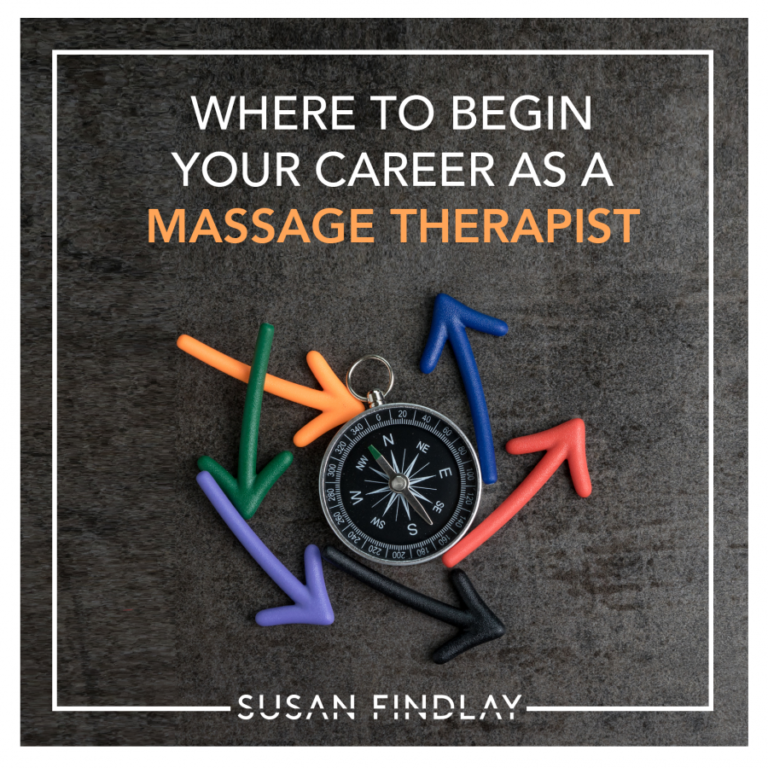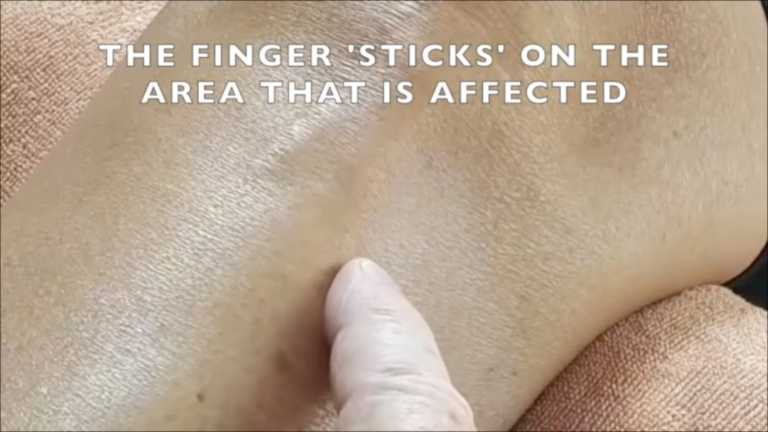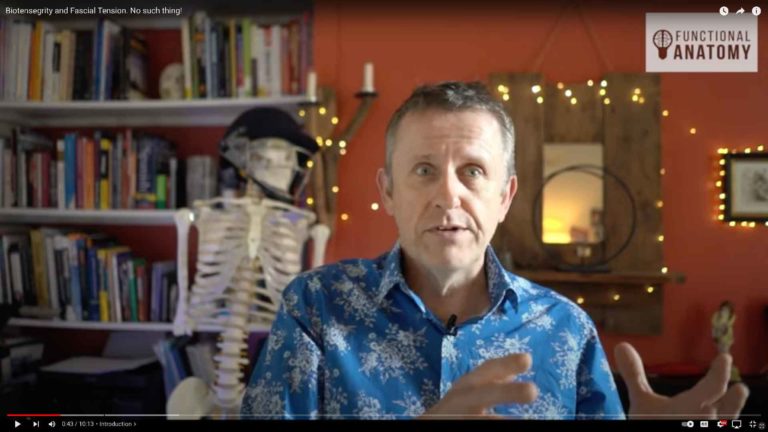Knowledge and an understanding of the human body and how it functions is the starting point of sports massage theory. The more we understand about how the body functions, what may interrupt this functioning (such as trauma and injury), and what influence increased activity has on the systems that combine to make it function, the more the sports massage practitioner can use their skills and knowledge to advise their clients.
Here is a very brief introduction to Anatomy and Physiology and the bodily systems.
Anatomy is the study of the structure of the human body and its component parts. Physiology is the study of how the body and its systems function. There are 10 major systems that function within the human body.
Skeletal System
The skeletal system is the framework of the body, and comprises approximately 206 bones, and their associated joints, cartilages and ligaments. The bones of the head, neck and trunk contribute to the axial skeleton; those of the limbs form the appendicular skeleton.
Muscular System
Skeletal muscle. This is responsible for moving bones at joints and consists of skeletal muscles and in association with tendons and ligaments. Two other muscle tissues are also described: cardiac muscle, aptly named, as it is found only in the heart; and smooth muscle, which is widely distributed in the walls of many hollow tubes in the body (e.g. the gut and blood vessels).
Cardiovascular (circulatory) System
This is responsible for transporting the blood around, so that cells throughout the body can be supplied with oxygen and nutrients and their waste products removed. The cardiovascular system includes the heart and blood vessels (principally arteries, arterioles, capillaries, venules and veins), and is closely related to the lymphatic system. This consists of blindly-ending lymphatic vessels, and is concerned with removing excess tissue fluid and returning it to the blood system via the great veins in the neck.
Respiratory System
The respiratory system comprises the lungs and their associated airways (e.g. the nasal cavity, larynx and trachea). It is concerned with allowing oxygen and carbon dioxide to be exchanged between the blood and the air.
Digestive System
This system is concerned with the ingestion of food, the absorption of the products of digestion, and the excretion of indigestible waste products. It extends from the mouth to the anus and includes the oral cavity, pharynx, oesophagus, stomach, small and large intestines and various associated glands – notably the liver, pancreas and salivary glands.
Nervous System
Comprises the brain and spinal cord (which together form the central nervous system), as well as peripheral autonomic nerves (which together constitute the peripheral nervous system). The nervous system enables the body to adapt to changes in either the external or the internal environment.
Excretory (urinary) System
Comprises the kidneys, ureters, bladder and urethra. It is concerned with producing, transporting, storing and excreting urine. (Note: Other systems, including the digestive, respiratory and the integumentary systems, also remove waste products.)
Endocrine (hormonal) System
Consists of the endocrine glands – including the pituitary, adrenal, thyroid, parathyroid, pineal, testes and ovaries, and the pancreatic islets of Langerhans – which secrete hormones directly into the bloodstream. These hormones affect a wide range of body functions. For example, the pituitary gland secretes hormones affecting skeletal growth, the development of the sex glands and the functioning of other endocrine glands; and the adrenal glands produce adrenaline and noradrenaline.
Integumentary System
This comprises of the skin and its ‘appendages’ (hairs, sweat glands, sebaceous glands and nails).
Reproductive System
Comprises all the sexual organs concerned with reproduction. In sports massage the two most important body systems are the skeletal system and the muscular system (also described collectively as the musculo-skeletal system). These will be covered in detail in this chapter. Four of the other systems – the cardiovascular, respiratory, digestive and nervous – also play a role in the theory and practice of sports massage and are discussed briefly.
Not joined up yet?
There’s plenty of reasons to join the LCSP Register
Insurance Partners
Our dedicated team can tailor individual policies to suit your specific needs
Workshops
Keep your skills up to date with CPD Workshops and courses
Business Support
Advice tailored to working in the private sector
Find a Therapist
Our directory of therapists searchable by the general public
Welfare Officer
Supporting members who may have situations of difficulty where they need assistance, guidance or reassurance.
